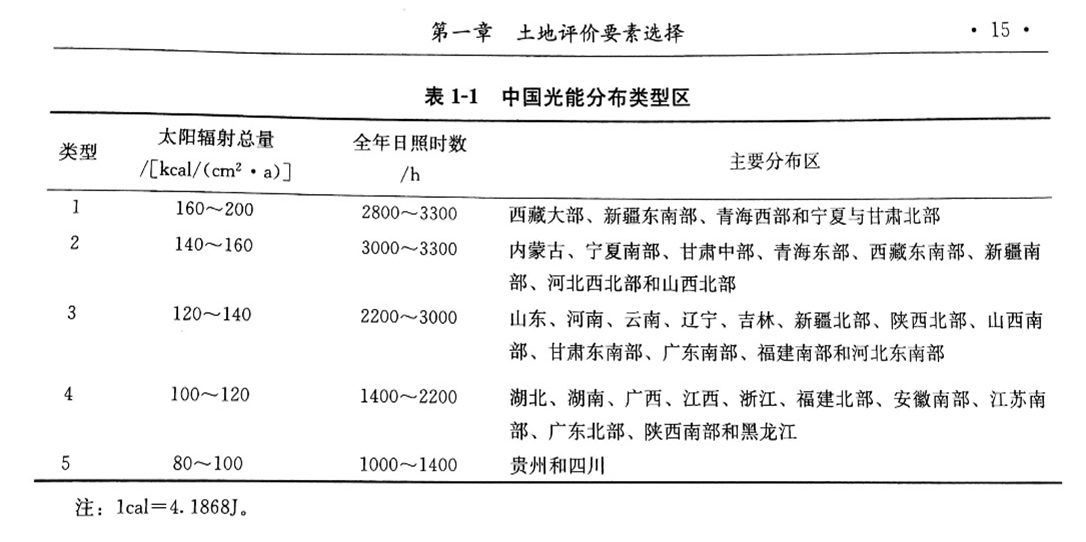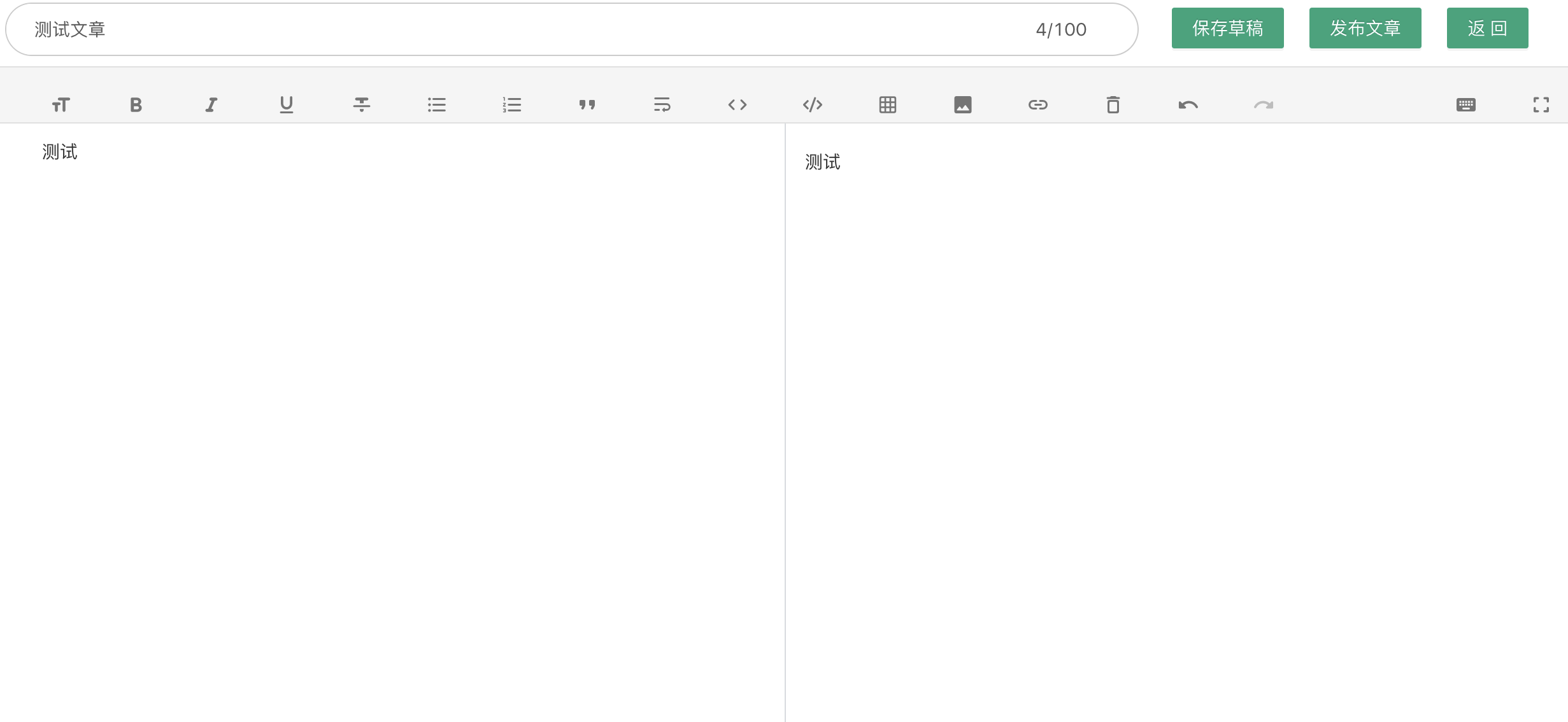Spring详细内容-Spring 中的自动装配 En(3)
1. Autowiring in Spring
- Autowiring feature of spring framework enables you to
inject the object dependencyimplicitly. It internally usessetterorconstructor injection. - Autowiring
can't be used to inject primitive and string values. It works with reference only.
1)Advantage of Autowiring
It requires the less code because we don’t need to write the code to inject the dependency explicitly.
2)Disadvantage of Autowiring
- No control of programmer.
- It can’t be used for primitive and string values.
3)Autowiring Modes
| No. | Mode | Description |
|---|---|---|
| 1) | no | It is the default autowiring mode. It means no autowiring bydefault. |
| 2) | byName | The byName mode injects the object dependency according to name of the bean. In such case, property name and bean name must be same. It internally calls setter method. |
| 3) | byType | The byType mode injects the object dependency according to type. So property name and bean name can be different. It internally calls setter method. |
| 4) | constructor | The constructor mode injects the dependency by calling the constructor of the class. It calls the constructor having large number of parameters. |
Example of Autowiring
Use autowire attribute of bean element to apply the autowire modes
<bean id="a" class="org.sssit.A" autowire="byName"></bean>
This class contains a constructor and method only.
public class B {B(){System.out.println("b is created");}void print(){System.out.println("hello b");}}
This class contains reference of B class and constructor and method.
public class A {B b;A(){System.out.println("a is created");}public B getB() {return b;}public void setB(B b) {this.b = b;}void print(){System.out.println("hello a");}void display(){print();b.print();}}<?xml version="1.0" encoding="UTF-8"?><beansxmlns="http://www.springframework.org/schema/beans"xmlns:xsi="http://www.w3.org/2001/XMLSchema-instance"xmlns:p="http://www.springframework.org/schema/p"xsi:schemaLocation="http://www.springframework.org/schema/beanshttp://www.springframework.org/schema/beans/spring-beans-3.0.xsd"><bean id="a" class="com.amy.A" autowire="byName"></bean><bean id="b" class="com.amy.B"></bean></beans>
This class gets the bean from the applicationContext.xml file and calls the display method.
public class Test {public static void main(String[] args) {ApplicationContext context = new ClassPathXmlApplicationContext( "applicationContext.xml");A a= (A) context.getBean("a");a.display();}}public class Test {public static void main(String[] args) {ApplicationContext context = new ClassPathXmlApplicationContext( "applicationContext.xml");A a= context.getBean("a",A.class);a.display();}}
two methods are same
public class Test {public static void main(String[] args) {Resource resource = new ClassPathResource("applicationContext.xml");BeanFactory factory = new XmlBeanFactory(resource);A a= (A) factory.getBean("a");a.display();}}a is createdb is createdhello ahello b
1) byName autowiring mode
- In case of byName autowiring mode, bean id and reference name must be same.
- It internally uses setter injection.
Correct
<bean id="a" class="com.amy.A" autowire="byName"></bean><bean id="b" class="com.amy.B"></bean>
Incorrect
<bean id="a" class="com.amy.A" autowire="byName"></bean><bean id="b1" class="com.amy.B"></bean>a is createdb is createdhello aException in thread "main" java.lang.NullPointerExceptionat com.amy.A.display(A.java:21)at com.amy.Test.main(Test.java:20)
2)byType autowiring mode
- In case of byType autowiring mode,
bean id and reference name may be different. But there must be only one bean of a type.
it works fine because you have created an instance of B type.
- It doesn’t matter that you have different bean name than reference name.
But, if you have multiple bean of one type, it will
not workandthrow exception.
3) constructor autowiring mode
- In case of constructor autowiring mode, spring container injects the dependency by
highest parameterized constructor. If you
have 3 constructorsin a class,zero-arg,one-argandtwo-argthen injection will be performed bycalling the two-arg constructor.
4) no autowiring mode
In case of no autowiring mode, spring container doesn’t inject the dependency by autowiring.
a is created
b is created
hello a
Exception in thread “main” java.lang.NullPointerExceptionat com.amy.A.display(A.java:21)at com.amy.Test.main(Test.java:20)
2.Dependency Injection with Factory Method in Spring
- Spring framework provides facility to
inject bean using factory method. - To do so, we can use
two attributes of bean element.
1) Factory method
A method that returns instance of a class is called factory method.
public class A {public static A getA(){//factory methodreturn new A();}}
2) Factory Method Types
There can be three types of factory method:
static factory methodthat returnsinstance of its own classstatic factory methodthat returnsinstance of another classnon-static factory methodthat returnsinstance of another class
(1)
static factory methodthat returnsinstance of its own class
<bean id="a" class="com.amy.A" factory-method="getA"></bean>public class A {private static final A obj = new A();private A(){System.out.println("private constructor");}public static A getA(){System.out.println("factory method ");return obj;}public void msg(){System.out.println("hello user");}}<?xml version="1.0" encoding="UTF-8"?><beansxmlns="http://www.springframework.org/schema/beans"xmlns:xsi="http://www.w3.org/2001/XMLSchema-instance"xmlns:p="http://www.springframework.org/schema/p"xsi:schemaLocation="http://www.springframework.org/schema/beanshttp://www.springframework.org/schema/beans/spring-beans-3.0.xsd"><bean id="a" class="com.amy.A" factory-method="getA"></bean></beans>private constructorfactory methodhello user
(2)
static factory methodthat returnsinstance of another class
<bean id="b" class="com.amy.A" factory-method="getB"></bean>public interface Printable {void print();}public class A implements Printable{@Overridepublic void print(){System.out.println("hello a");}}public class B implements Printable{@Overridepublic void print(){System.out.println("hello b");}}public class PrintableFactory {public static Printable getPrintable(){return new A();}}<?xml version="1.0" encoding="UTF-8"?><beansxmlns="http://www.springframework.org/schema/beans"xmlns:xsi="http://www.w3.org/2001/XMLSchema-instance"xmlns:p="http://www.springframework.org/schema/p"xsi:schemaLocation="http://www.springframework.org/schema/beanshttp://www.springframework.org/schema/beans/spring-beans-3.0.xsd"><bean id="pf" class="com.amy.PrintableFactory" factory-method="getPrintable"></bean></beans>public class Test {public static void main(String[] args) {ApplicationContext context = new ClassPathXmlApplicationContext( "applicationContext.xml");Printable p= (A) context.getBean("pf");p.print();}}hello a
(3)
non-static factory methodthat returnsinstance of another class
<bean id="a" class="com.amy.A"></bean><bean id="b" class="com.amy.A" factory-method="getB" factory-bean="a"></bean>public interface Printable {void print();}public class A implements Printable{@Overridepublic void print(){System.out.println("hello a");}}public class B implements Printable{@Overridepublic void print(){System.out.println("hello b");}}public class Test {public static void main(String[] args) {ApplicationContext context = new ClassPathXmlApplicationContext( "applicationContext.xml");Printable p= (A) context.getBean("pf");p.print();}}
There are difference between static factory method and non-static factory method
public class PrintableFactory {//public static Printable getPrintable(){/public Printable getPrintable(){//non-static factory methodreturn new A();}}<?xml version="1.0" encoding="UTF-8"?><beansxmlns="http://www.springframework.org/schema/beans"xmlns:xsi="http://www.w3.org/2001/XMLSchema-instance"xmlns:p="http://www.springframework.org/schema/p"xsi:schemaLocation="http://www.springframework.org/schema/beanshttp://www.springframework.org/schema/beans/spring-beans-3.0.xsd">//static//<bean id="pf" class="com.amy.PrintableFactory" factory-//method="getPrintable"></bean>//</beans>//non-static<bean id="pf" class="com.amy.PrintableFactory" ></bean><bean id="p" class="com.amy.PrintableFactory" factory-method="getPrintable" factory-bean="pf"></bean></beans>



































还没有评论,来说两句吧...